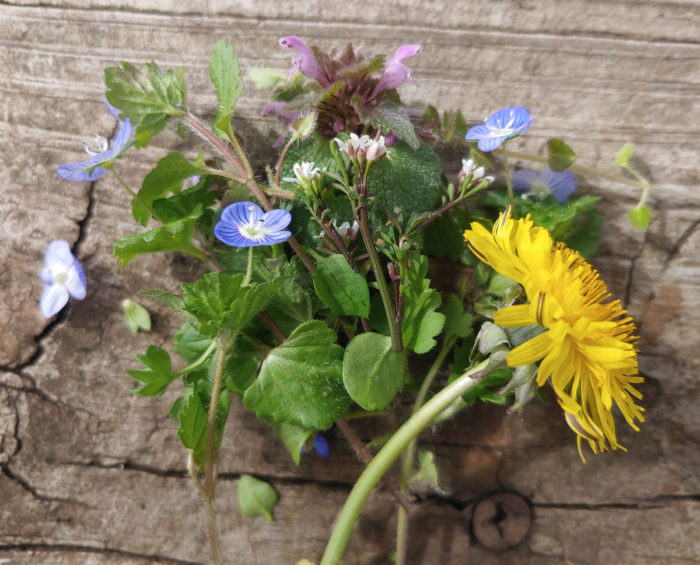
March is the new April, y’all. Or maybe April is the new May? I think I’ll throw out the calendar and just spend more time out in the garden clocking the progress of daffodils and marking days by the cherry blossoms. One thing is certain—there’s lots to be done in the garden, and with so much new growth to cheer me on, I’m up for those tasks!
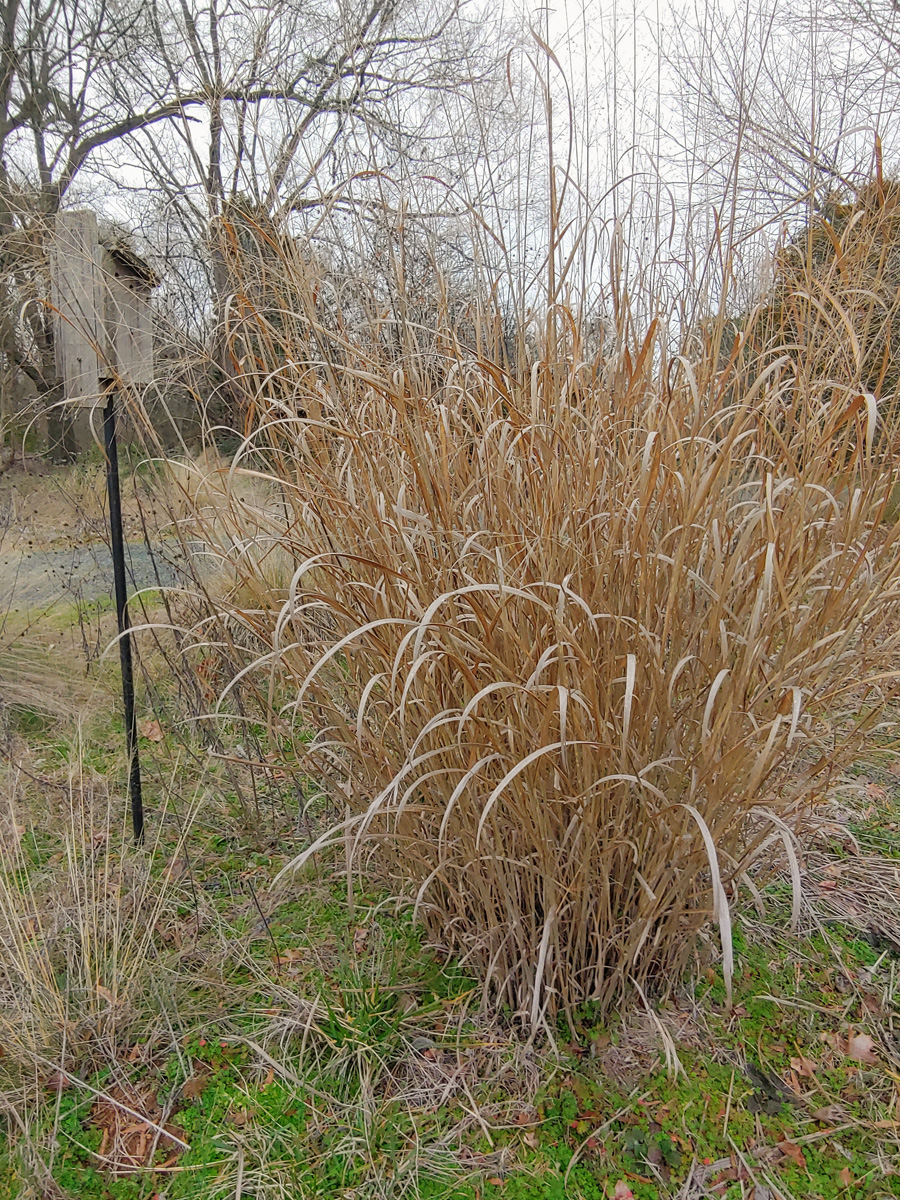 |
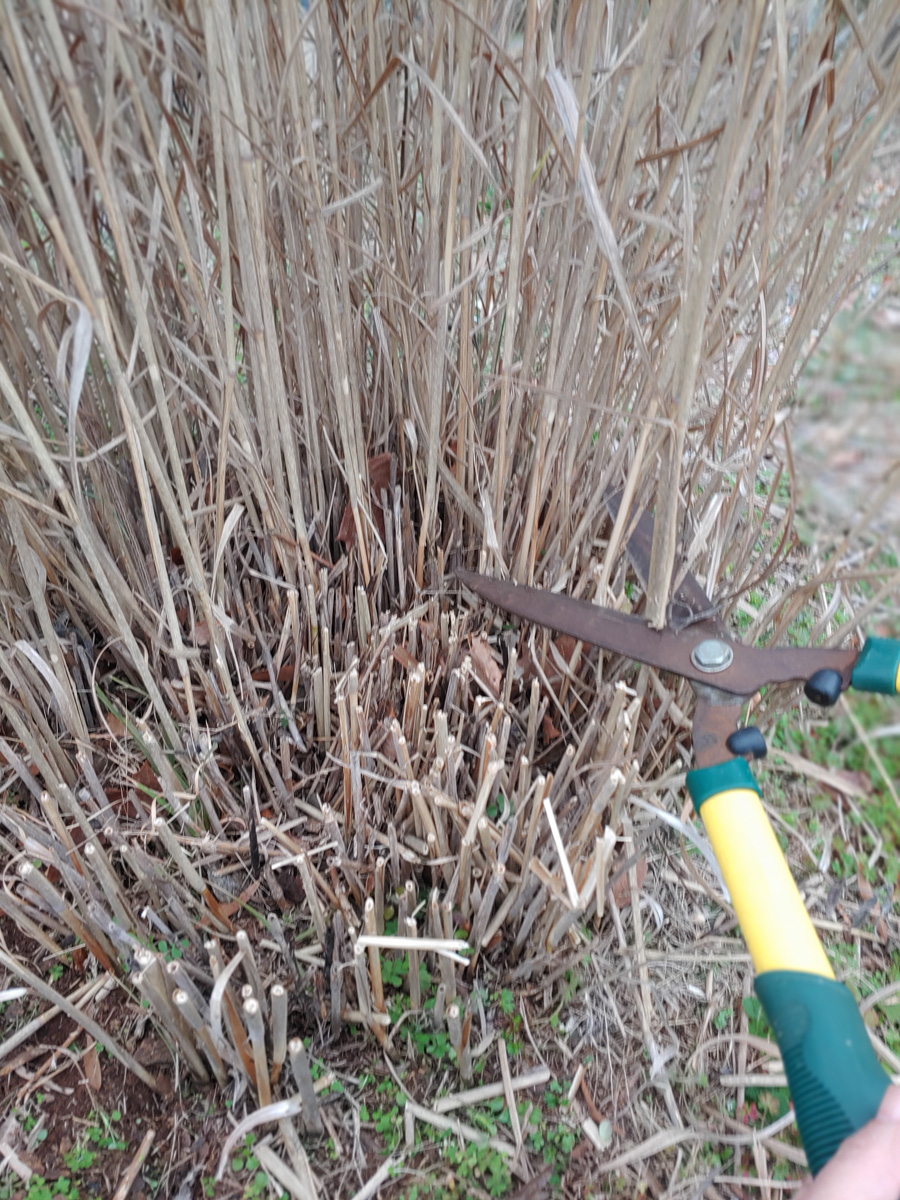 |
| I cut my switch grass back with hedge shears. Photos: Paula Gross | |
Cut back grasses. The seed heads and stalks of ornamental grasses have taken their last bow after a season of transforming frost into visual magic in the winter sun and providing for small birds. Almost all ornamental grasses suited to the Southeast are warm-season growers, so while new shoots are still waiting in the wings, it’s time to cut back last year’s growth. Switch grasses (Panicum spp. and cvs., Zones 5–9) and other tall species that are completely brown may be chopped down to 3 to 6 inches with hedge trimmers, pruners, or even a chainsaw if you’re of that sort. Shorter, finer, or arching grasses like pink muhlies (Muhlenbergia capillaris, Zones 5–9) may only require a full cutback every other year. Start on the outside and work your way in. If there is significant new growth coming from the interior, leave it to continue growing. Chop up the trimmings, and scatter them in beds or add them to the compost pile.

Give extra attention to sedges. Shade-loving sedges (Carex spp. and cvs., Zones 3–10) are cool-season growers and typically evergreen, so take a bit more care when cleaning up winter-browned foliage. Start by combing through the foliage to remove loose and gathered leaves, then trim leaves that are mostly brown from the outside of the plant toward the growing middle. You may notice fringy inflorescences emerging. It’s fine to cut these off if you don’t like their appearance, but take care not to cut new foliage growth if it’s emerging from the crown.

Cut back and divide perennials. If you’ve left stems and seed heads of perennials through the winter for birds and beneficial insects, it’s time to cut them down. Waiting until now also allows you to take a look at each clump and decide if it’s time to divide and spread. Conventional advice is that all but spring-blooming perennials can be divided now, but as long as significant growth has not begun, I’ve had fine success dividing practically all perennials in March. Avoid stomping about, digging out, and replanting perennials if the ground is wet, as this can compact soil.
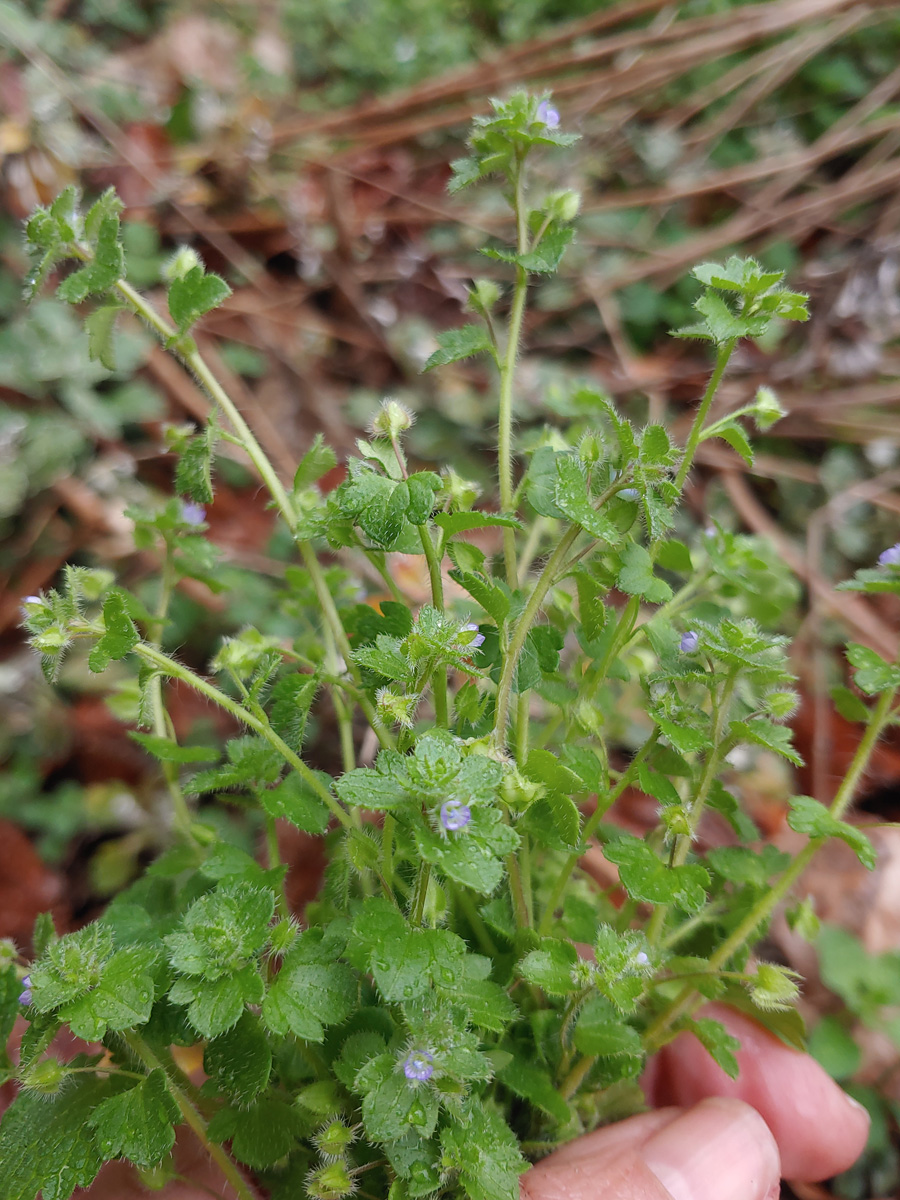
Wipe out winter weeds. Most winter weeds are annuals, which means they live fast (three warm days and your border’s been invaded by henbit!), die young (“If I can just wait until May, it will all disappear”), and make a lot of babies. The good news is you have a chance over the long run of reducing your weed load each year if you consistently pull them before they go to seed. March seems to be the sweet spot for this, with enough lush growth to easily grasp, moist soils that release roots, and little to no seed ripening yet. Be sure to remove pulled weeds from the garden.
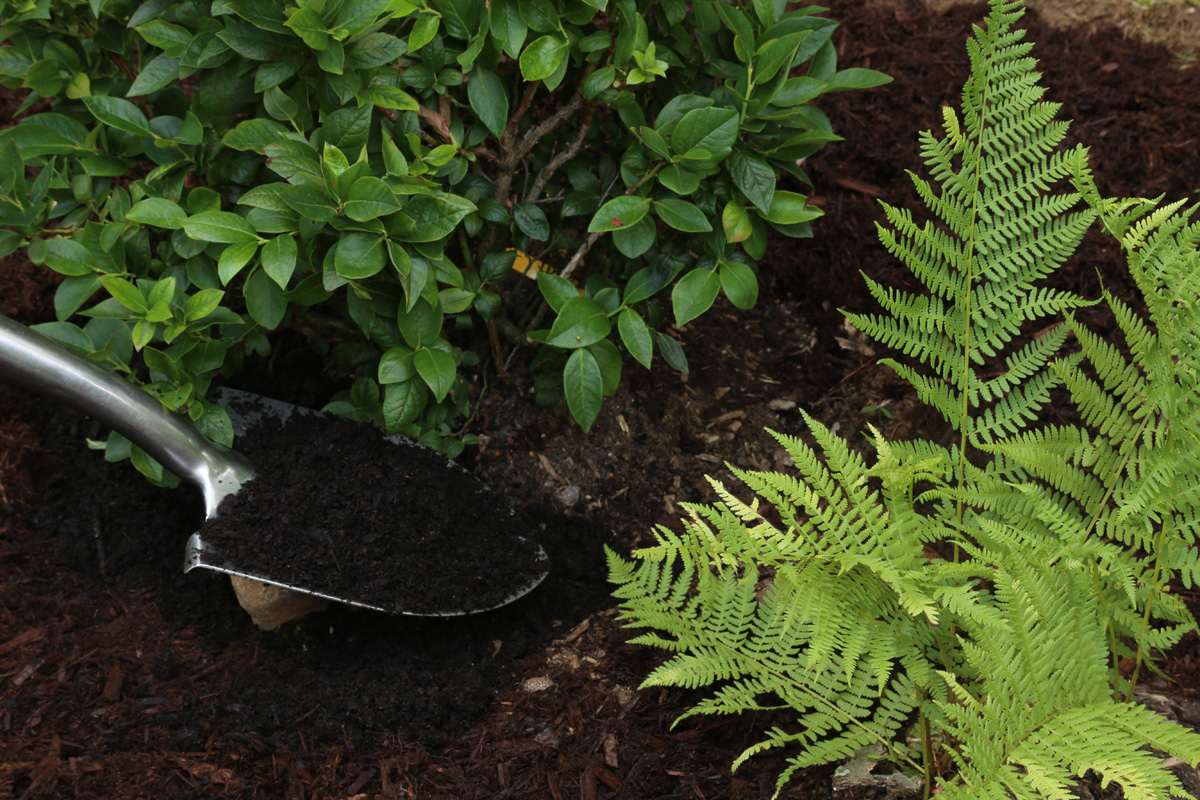
Spread compost before adding mulch. With a season of growth about to begin, assess what beds or borders are due for additions of compost. Shrub and perennial borders need little more than a top dressing of compost every year or two in early spring or late fall. If heavily mulched already, rake back mulch to get compost on top of native soil. Spread compost this month (after clearing winter weeds), then mulch anytime in the next month or so.
—Paula Gross is the former assistant director of the University of North Carolina at Charlotte Botanical Gardens.


















Comments
Log in or create an account to post a comment.
Sign up Log in